Rumors persist that Apple will roll out a new AirTag in 2025, bringing more precise tracking to the device with a new and longer-ranged Ultra Wideband chip.
The AirTag has had Ultra Wideband from the start. It is at the core of the AirTag, and allows for Precision Finding at relatively close range.
However, a new report on Sunday morning delves into a main improvement in the device. Reportedly the next AirTag will get an Ultra Wideband chip that's "on par" with the one found in the iPhone 15.
The existing AirTag can do Precision Finding from 10 meters to 30 meters away, depending on a number of factors. The report on Sunday morning claims that this should be tripled with the new chip. It's not clear if the increased range will require a newer iPhone.
What is Ultra Wideband?
Ultra Wideband arrived with the iPhone 12 in 2020. The appearance of Ultra Wideband support in the HomePod mini, as well as the Apple Watch Series 6, generated more conversation about the technology and its potential future use by the company.
Commonly referred to as UWB, Ultra Wideband is a wireless protocol for communications, which functions using radio waves. At its most basic, it can be used to transmit messages between devices, making it somewhat analogous to Bluetooth or Wi-Fi.
As it has potential applications for personal area network communications, namely allowing devices on a person to communicate with each other, there is a lot of crossover with the more established Bluetooth. However, the way it operates means it can offer some more functionality the other two communications types cannot provide.
The main feature it enables is highly-accurate location tracking, with devices like the AirTag and iPhone using UWB able to identify the distance and even the location of other hardware relative to itself to within a few inches.
UWB is a pulse-based system, one that repeatedly blasts out signals then turns off before repeating. While each pulse can take up the entire range of bandwidth assigned to it, the extremely short transmission times of each pulse, as well as the relatively low-power nature of consumer-oriented UWB, makes it highly unlikely for it to interfere with other systems in the same ranges.
The pulse-based nature of Ultra Wideband lends itself to location tracking in a few ways. For a start, by regularly sending out a pulse of data, it can enable other nearby devices to know it exists, or vice versa if it receives a pulse from another device.
The use of UWB and its wide range of frequencies used also enables devices to perform Time of Flight (ToF) calculations, namely how long it takes to get a response, which provide a far more useful data point: how far apart the devices are located.
By using such a wide frequency range, this practically enables the system to beat multipath propagation, namely instances where radio waves take multiple paths to reach a destination, such as echoing off surfaces.
Since some of the frequencies used in the pulse are highly likely to make it to the intended recipient directly with line of sight, calculations can be based on them and not the slower diverted signals on other frequencies, resulting in a more accurate calculation.
A new AirTag has been expected to arrive in 2025 for some time
This isn't the first time that this has been rumored, and it's an obvious addition. Bloomberg last talked about it in November,
The new AirTag is said to be codenamed B589. Furthermore, it is believed that it has reached the manufacturing test phase, ahead of what will probably be a mid-2025 release.
The exterior appearance of the new model is expected to remain the same. However, it will feature that rumored Ultra Wideband chip with better location tracking and a longer range.
One other change claimed to be coming to the new AirTag is an interior design modification to make the speaker more difficult to remove. This is to prevent stalkers from easily disabling the speaker.
This rumored update to the AirTags would be the device's first hardware change since Apple unveiled the tracker in April 2021.
 Mike Wuerthele
Mike Wuerthele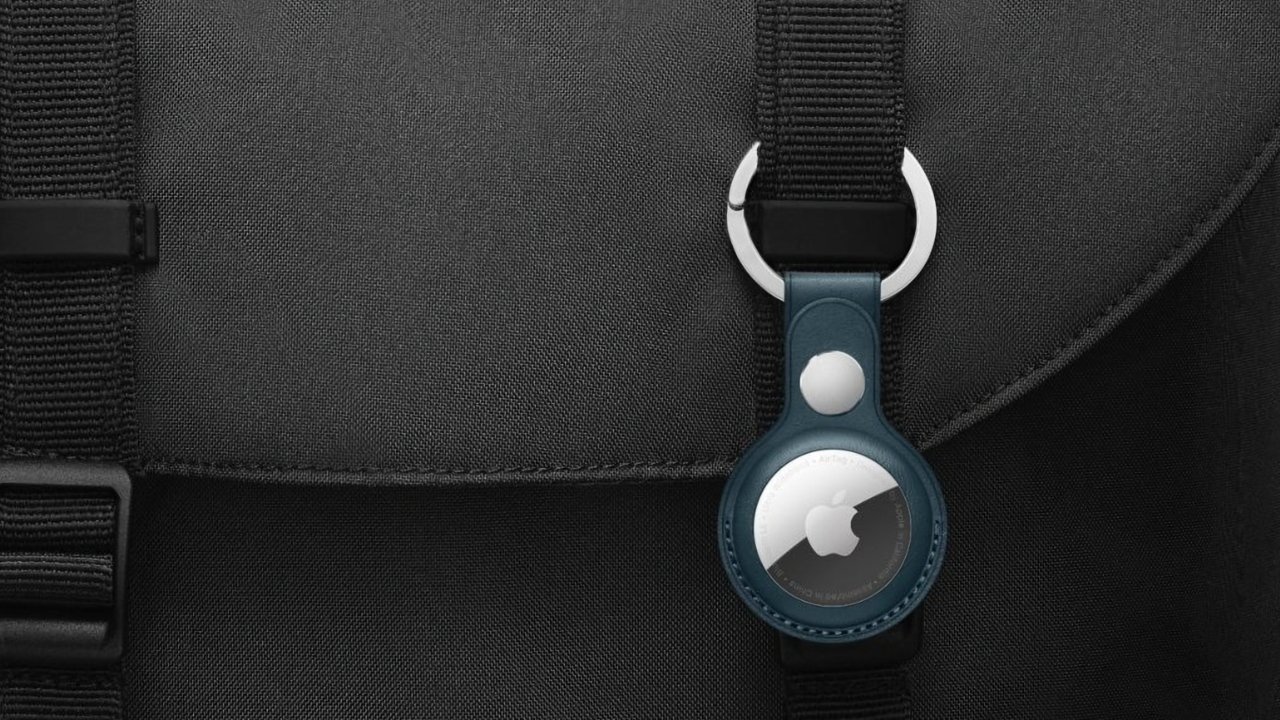





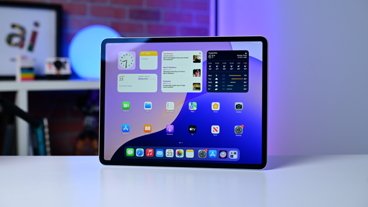

-m.jpg)






 Marko Zivkovic
Marko Zivkovic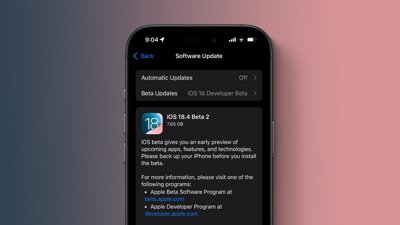

 Christine McKee
Christine McKee
 Amber Neely
Amber Neely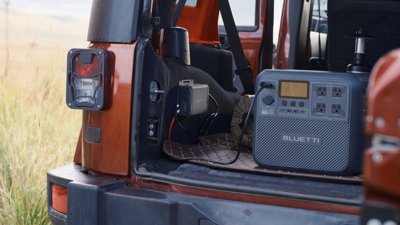
 Sponsored Content
Sponsored Content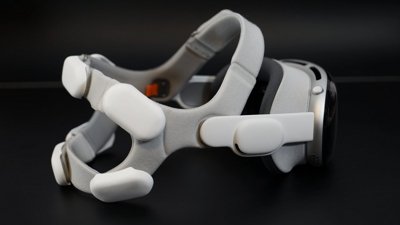
 Wesley Hilliard
Wesley Hilliard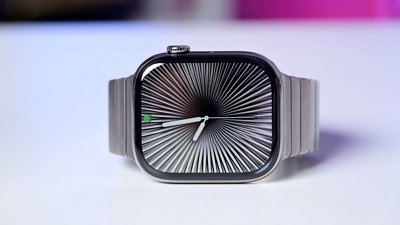

 William Gallagher
William Gallagher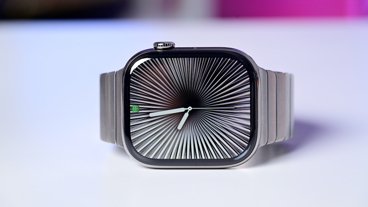
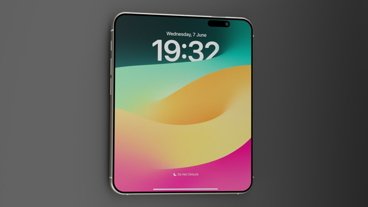




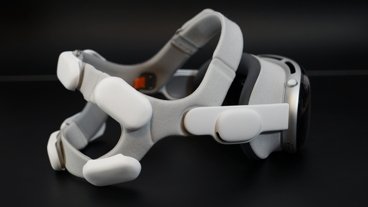
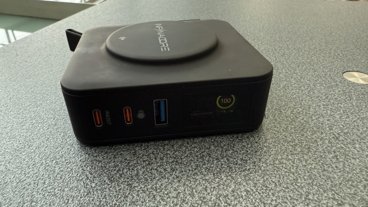


6 Comments
How about an AirTag that will fit into a wallet. There are lesser similar devices that do but they're lesser devices. Such a tag would have to stand up the rigors of those who would put substantial pressure on the wallet and tag when seated. There have been DIYs to this end but I'd prefer a genuine Tim Apple brand.
"
Hilariously, when Apple does this, the "right to repair" crowd will issue stern criticisms that this is a restriction of the purchaser's freedom and a money grab on Apple's part.
Also, as this move causes more stalkers to be caught, there will subsequently be more headlines about Apple selling a stalking device, with no acknowledgement that the device is increasingly less effective as a stalking tool and more effective as a tool for catching inept stalkers.
Meanwhile, there will continue to be no reporting about Tile allowing stalkers to agree a waiver requiring them to pay a hefty fine if they're caught staking... in trade for Tile disabling anti-stalking features and making it easier to do the stalking without being caught.
What I like about the CR2032 batteries is that they are easier to find now than they’ve ever been. I’ve been using CR2032 batteries for more than 40 years. Early on, pre-Internet, I’d have to hunt them down at Radio Shack, the few rare electronic hobbyist outlets, or mail order to find them. Now I can get them at Walmart, drug stores, hardware stores, and even some gas stations. I’ve used them with everything from calculators, pocket computers, motherboards, portable clocks, smart sensors, and so on. They are ubiquitous now, but I know their reign will eventually come to an end, but probably not during my lifetime.